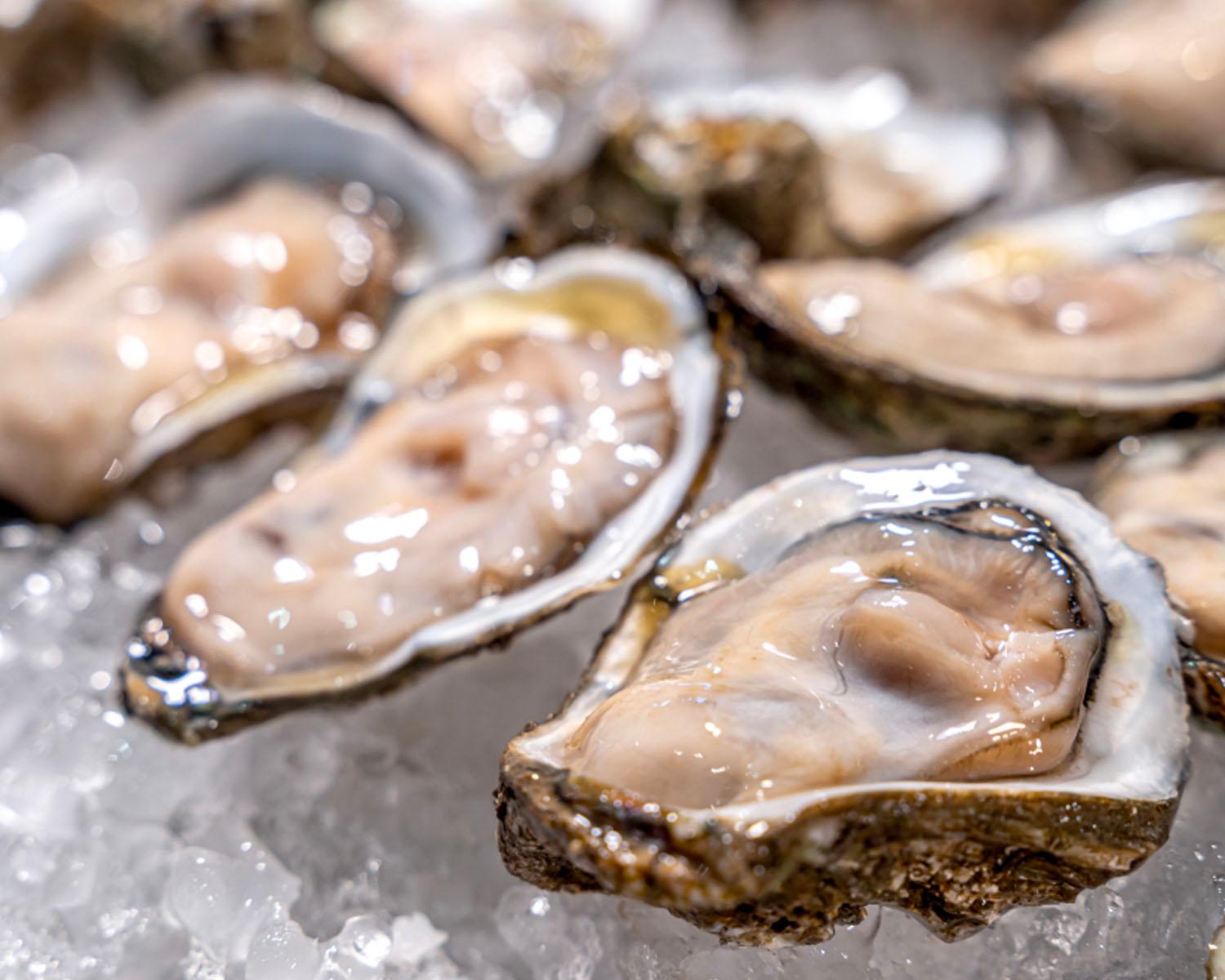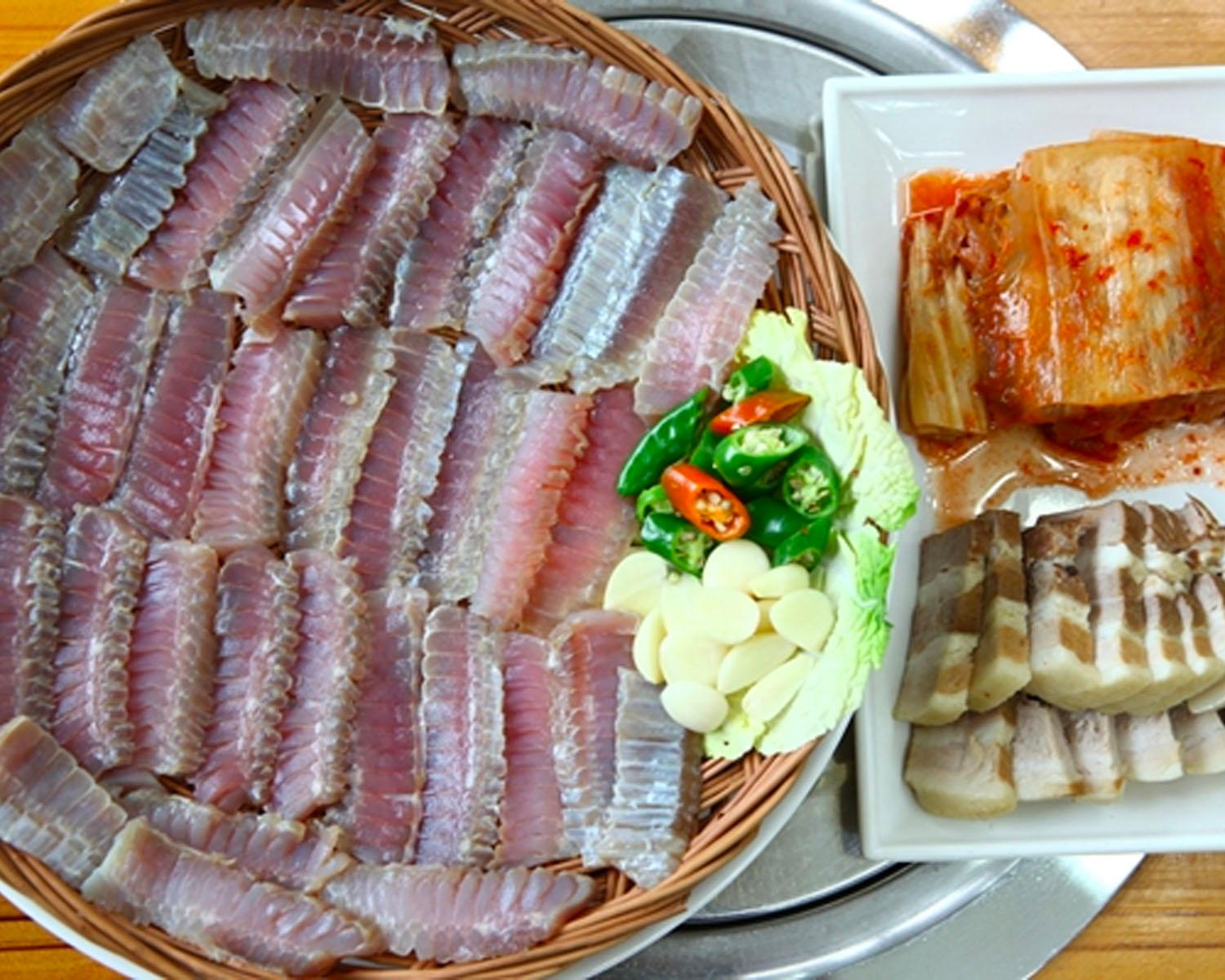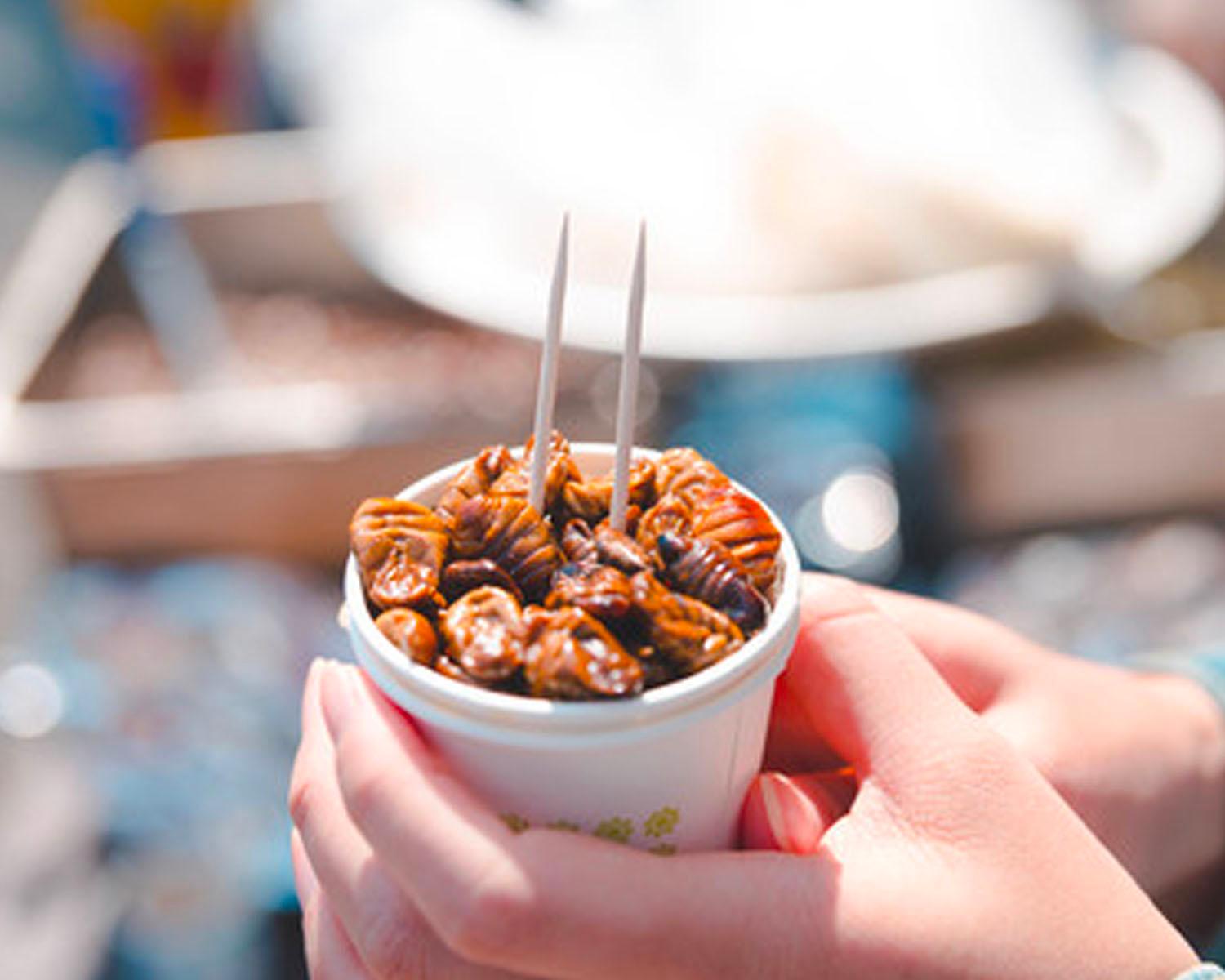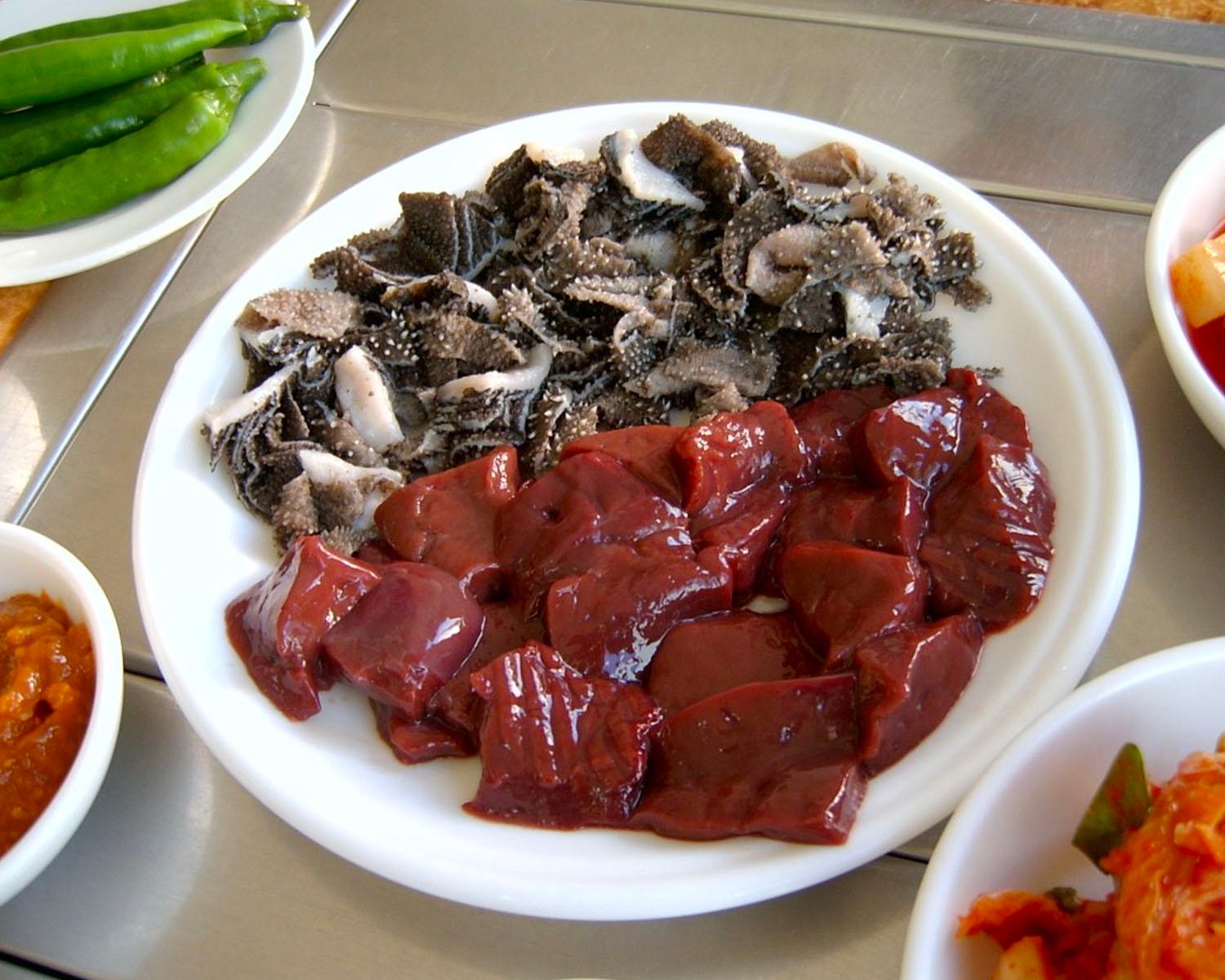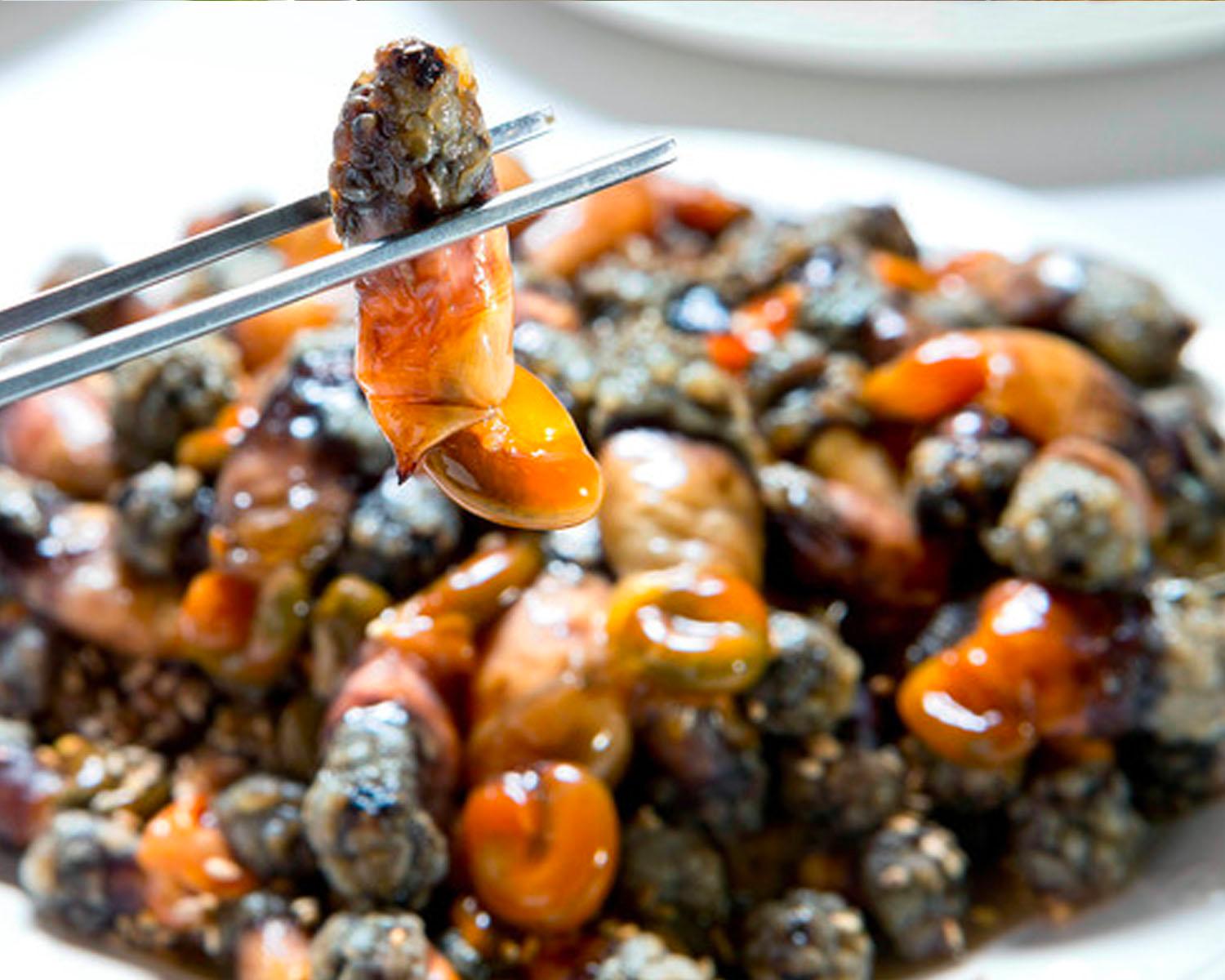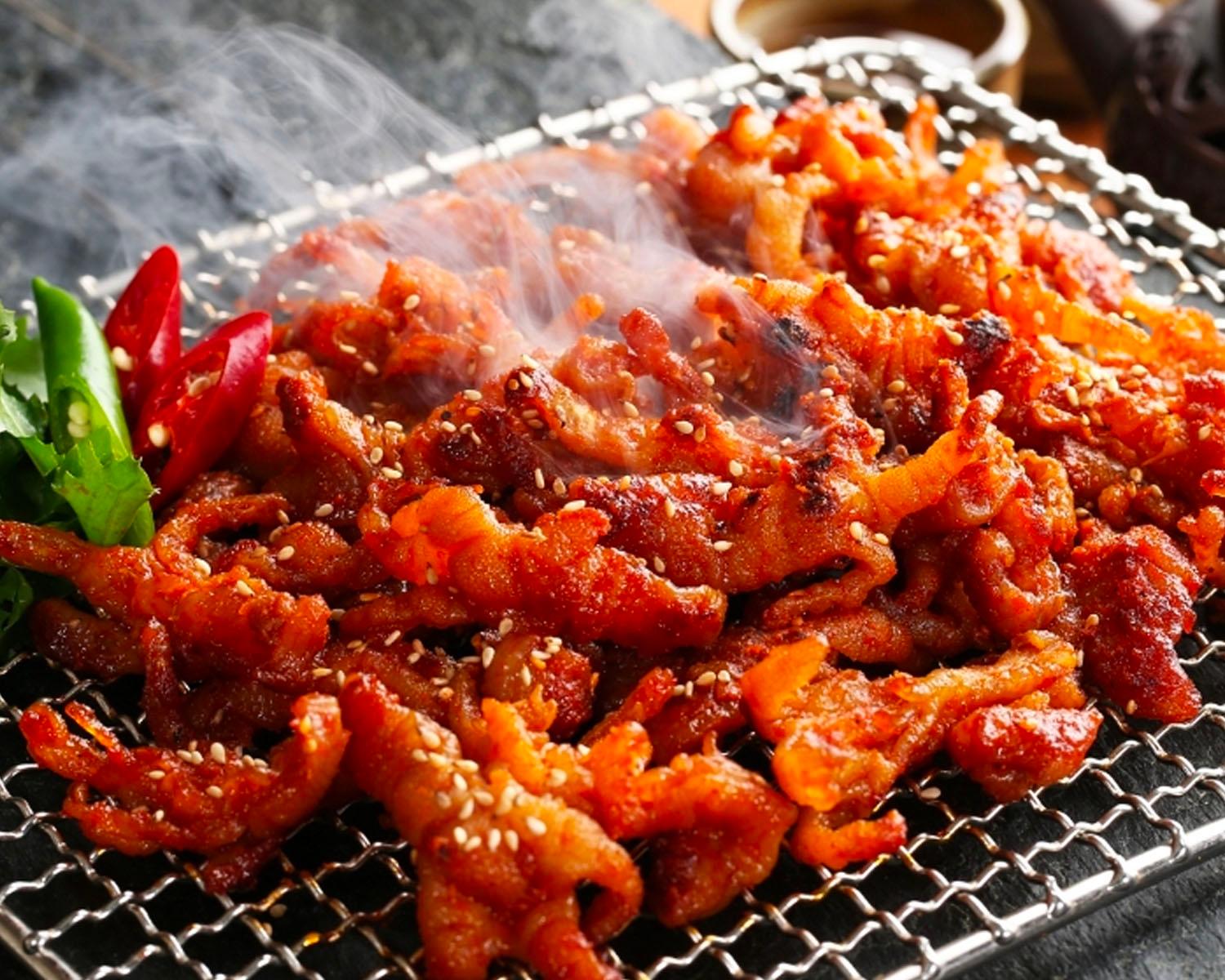When we think about Korean food, we often think of things like samgyeopsal, bibimbap, and kimchi. Just writing those down makes my mouth water.
But the truth is, Korean cuisine has many options that even some Koreans reject.
So let's take a look at some of the more contentious foods in Korea.
OYSTER
굴
We'll start off with a somewhat less egregious option, and that is oyster.
Some people in Korea refer highly to oysters as a source of great nutrients. Even so, there are many Koreans who refuse to eat it, and their reasons are justified.
First, the smell is quite polarizing. Those who don't really like the smell of seafood or saltwater will find the scent radiating from oysters to be a bit overwhelming. Second, the slimy, chewy texture can turn people away.
But perhaps above all, the fact that many people get sick from eating oysters is enough to turn all but the most brave souls away. For many, it's a safety issue.
Despite all the negatives, it's still a fairly widely consumed seafood option not just in Korea, but around the world as well.
FERMENTED SKATE FISH
삭힌 홍어
Skate fish is similar to a stingray. They are found all over the world, but it's not that common for people to eat them.
The reason is because the meat is known to be exceptionally stinky, only made worse through the fermentation process. It's easily as smelly as a Durian fruit, but the stench is more like ammonia.
I can confirm any and all claims about the smelliness of this dish. It can be overwhelming and feels like a bomb in your mouth.
It's no surprise that many Koreans pass on this dish. Those who do eat it often couple it with bossam and kimchi to help stifle the odor and flavor.
SILKWORM PUPAE
번데기
There are several stalls lining the streets peddling this snack food. You can find it (or avoid it) by following your nose.
It is just silkworms taken during their chrysalis phase and boiled in soy sauce.
Many people comment on the high protein content, but not everyone considers that enough of a reason to eat it. As you can see, each pupae is still clearly visible. It looks like an unfortunately flattened caterpillar.
The soy sauce makes it all a bit salty, but there's not much flavor that comes from the pupae itself. Once you get past the unappetizing appearance, there's not much to complain about.
Even so, the appearance is what keeps people away.
TRIPE
천엽
Eating entrails is another polarizing idea here. Most commonly, cow stomach and liver are consumed.
The dish is mostly found in tavern-style barbecue restaurants.
The taste is actually quite good. It's the sight and the imagination that prevent people from eating it. Many people visualize it as a bloody dish.
One thing Koreans do different from some other countries is that they don't remove the skin before cooking. So you can still see the black skin on the stomach after it has been cooked. That can turn people away as well.
SEA SQUIRT
미더덕
These little sea barnacles are actually commonly used in Korean soup dishes because of their fragrant smell.
Even so, Koreans don't like to eat it fresh and uncooked. The reason people don't like eating this dish is quite interesting. It's actually because of the texture.
There is a hard outer shell, leading you to think it will be crunchy. It is, in fact, crunchy. But once you bite into the outer skeleton, the insides gush out in an explosion of liquid.
Imagine you bite into a peanut but all of a sudden it starts bursting water from inside. You can imagine the discomfort.
CHICKEN FEET
닭발
This one is truly dichotomous. People either love chicken feet or hate them. There aren't many people in the middle ground.
Of course the reason people say, "Eww" when they see it is because of the shape. It still looks like a foot after being cooked.
Also, the texture is quite strange. The boneless variety are really chewy, like rubber. The bone-in version is basically just like trying to suck the skin off the bone.
Based on my observation, women don't seem to mind this dish much. The people who really hate it are men. I wonder why?
What do you think?
Have you tried any of these unique and unappetizing dishes?
Inspiration for this article came from: naver1, naver2, naver3, the law journal, egloos

